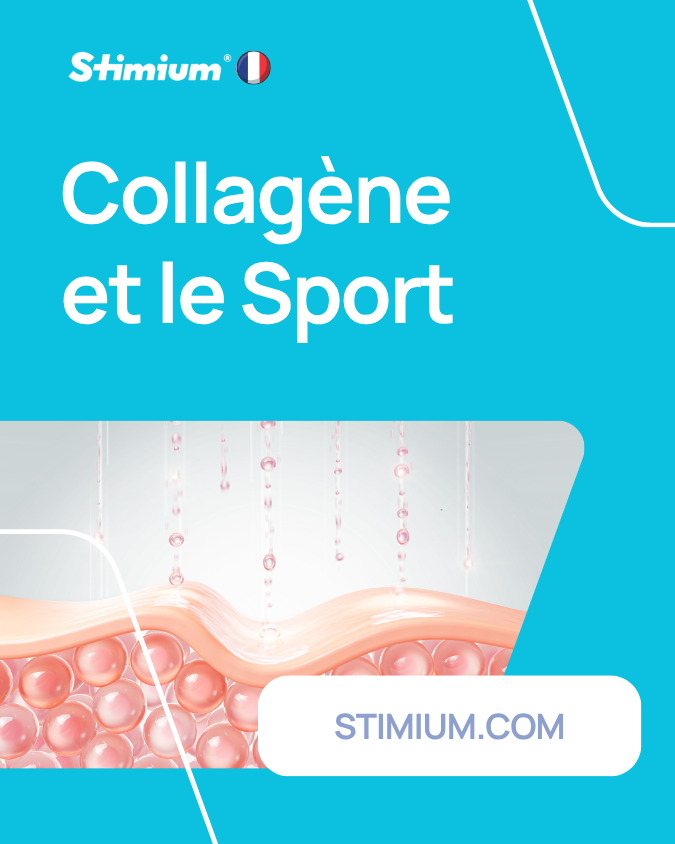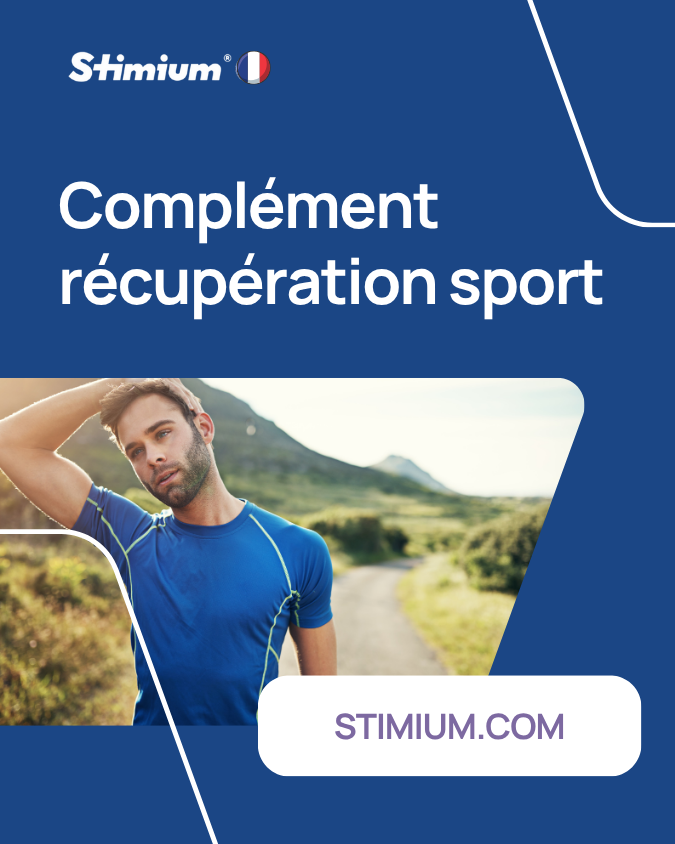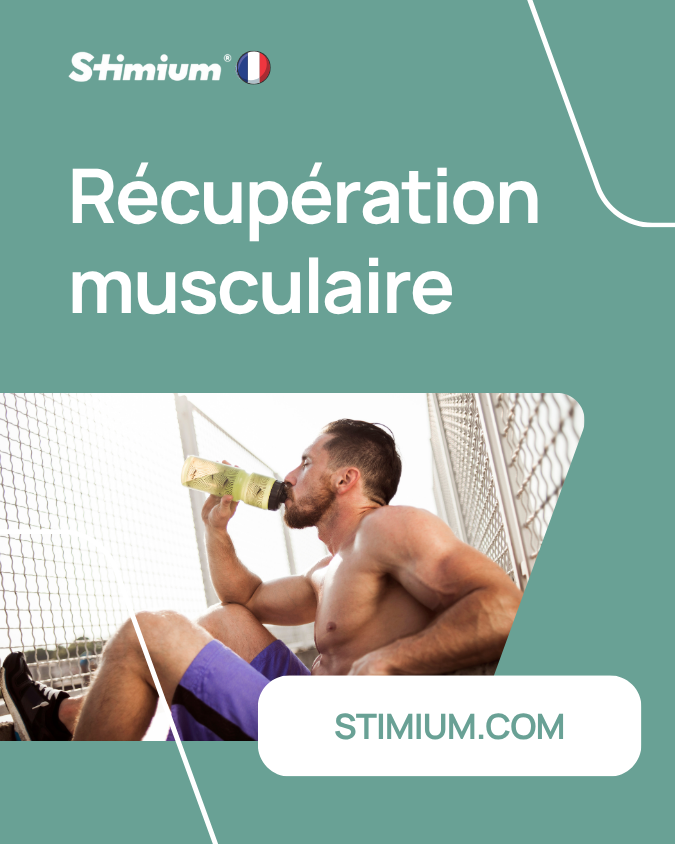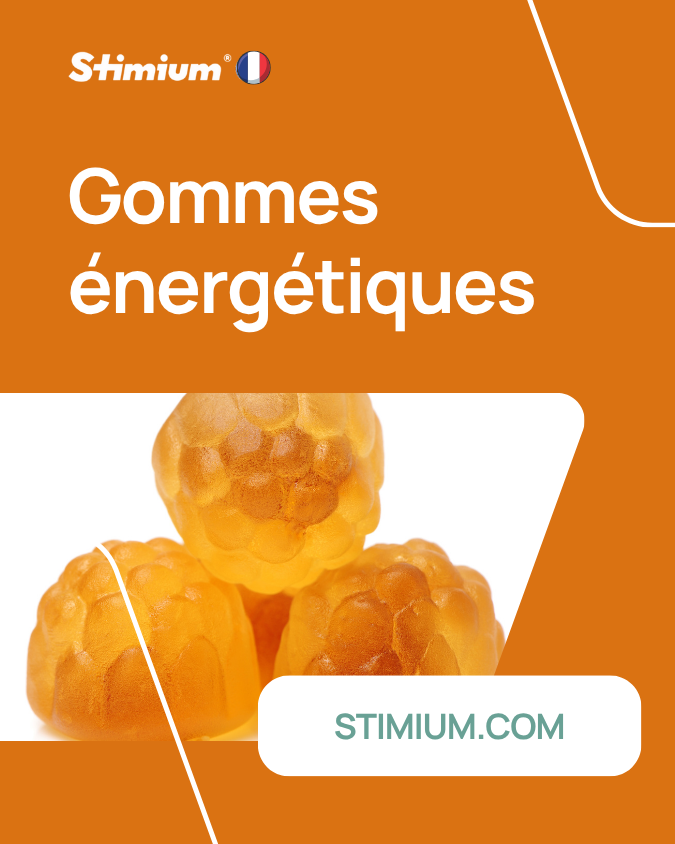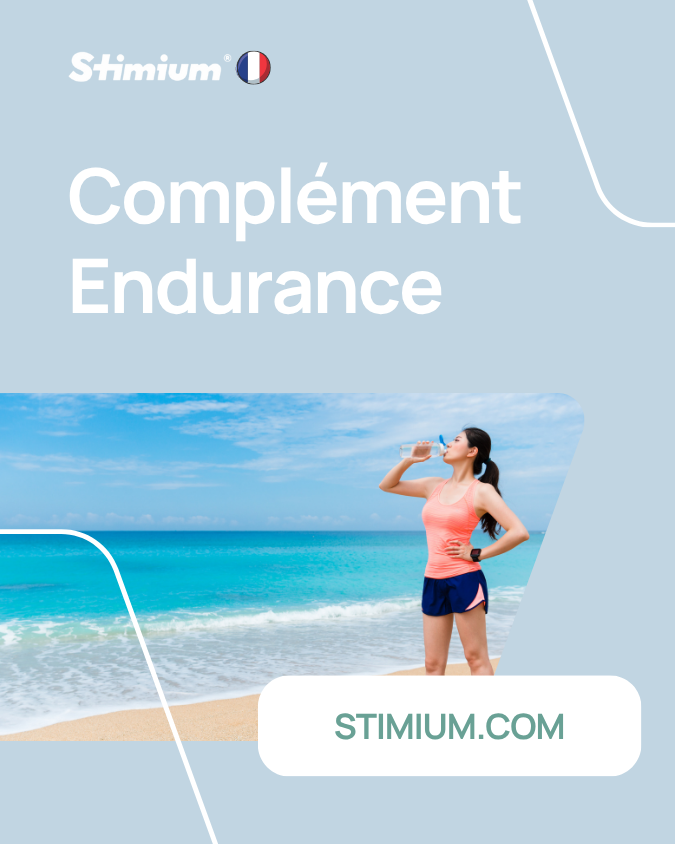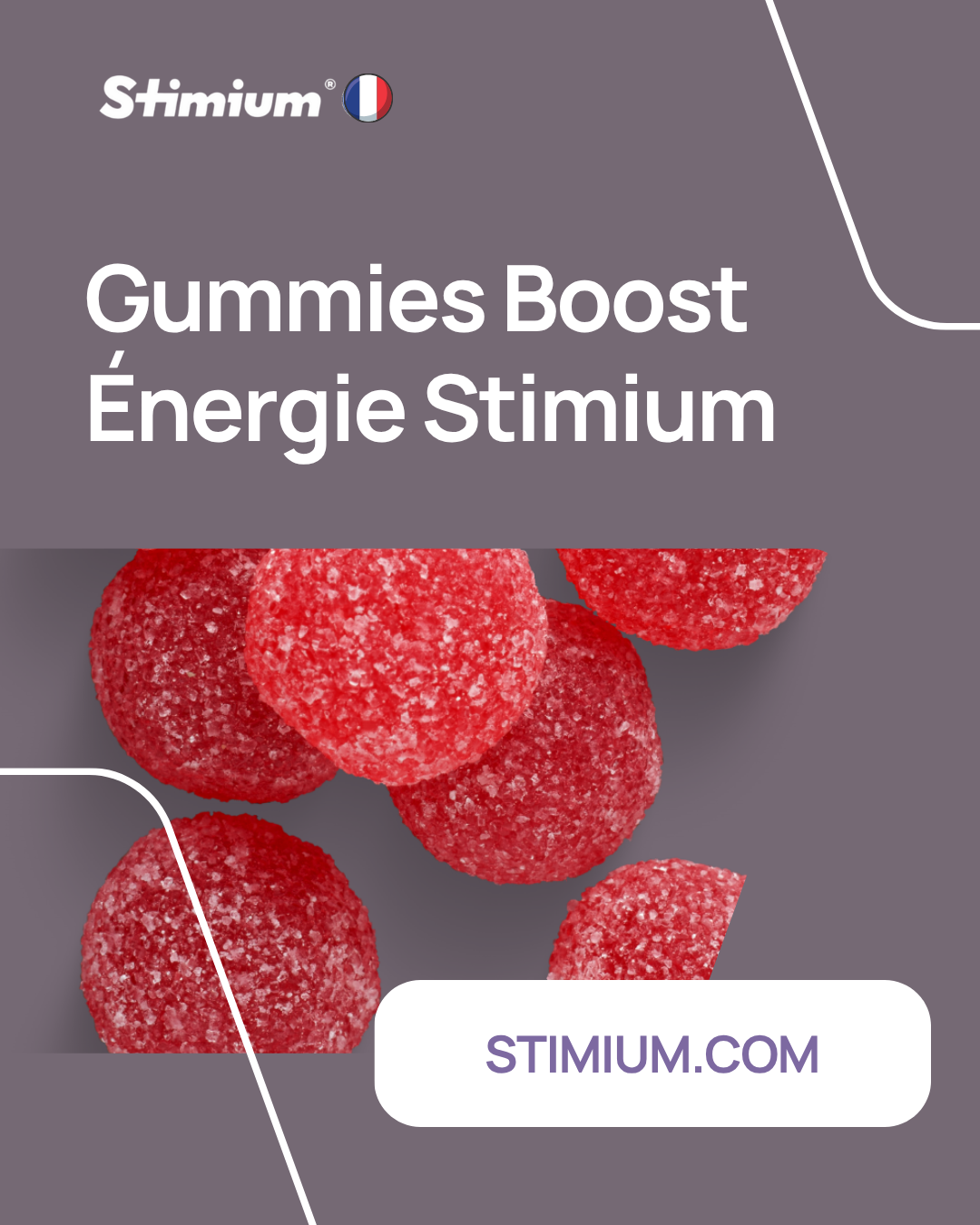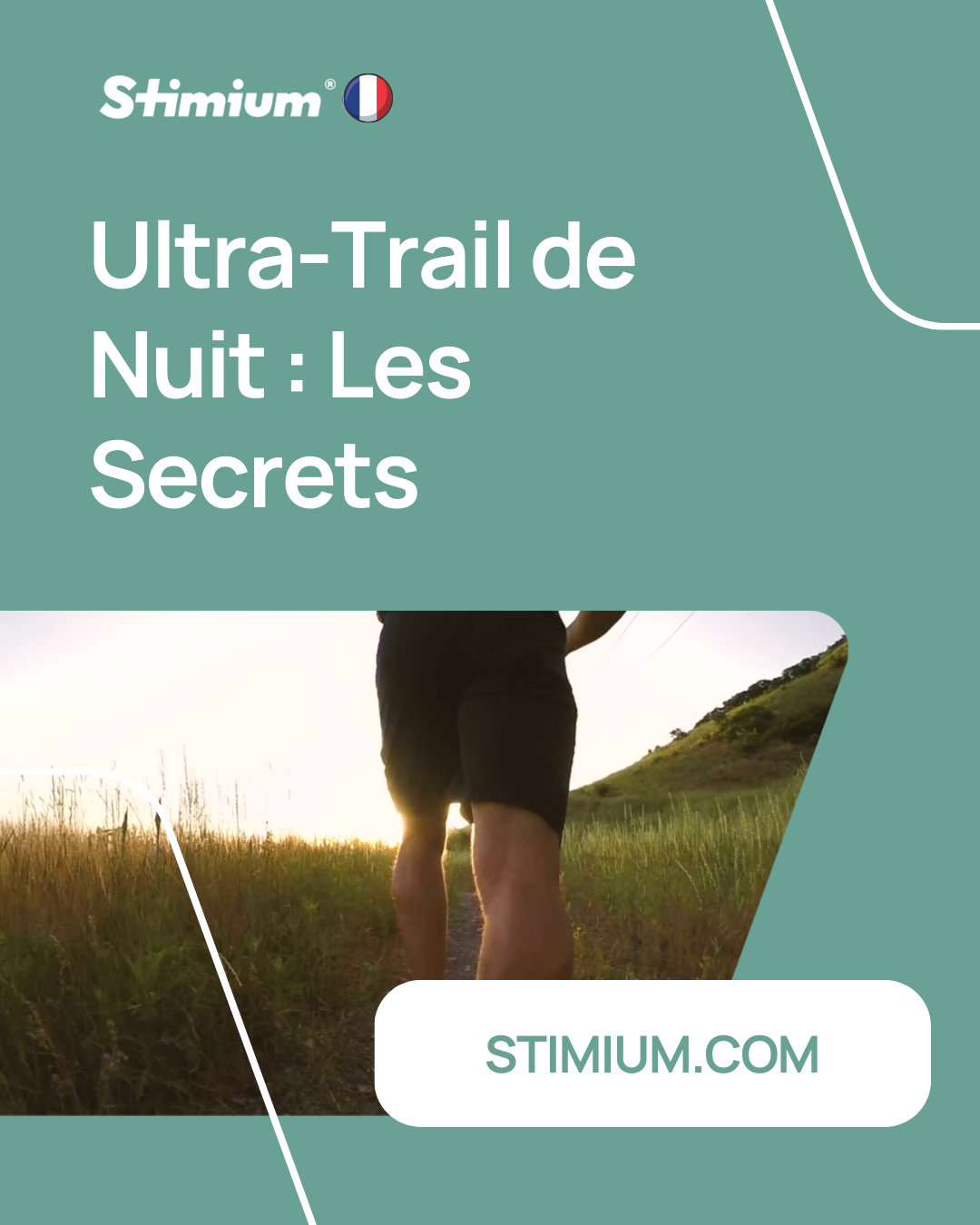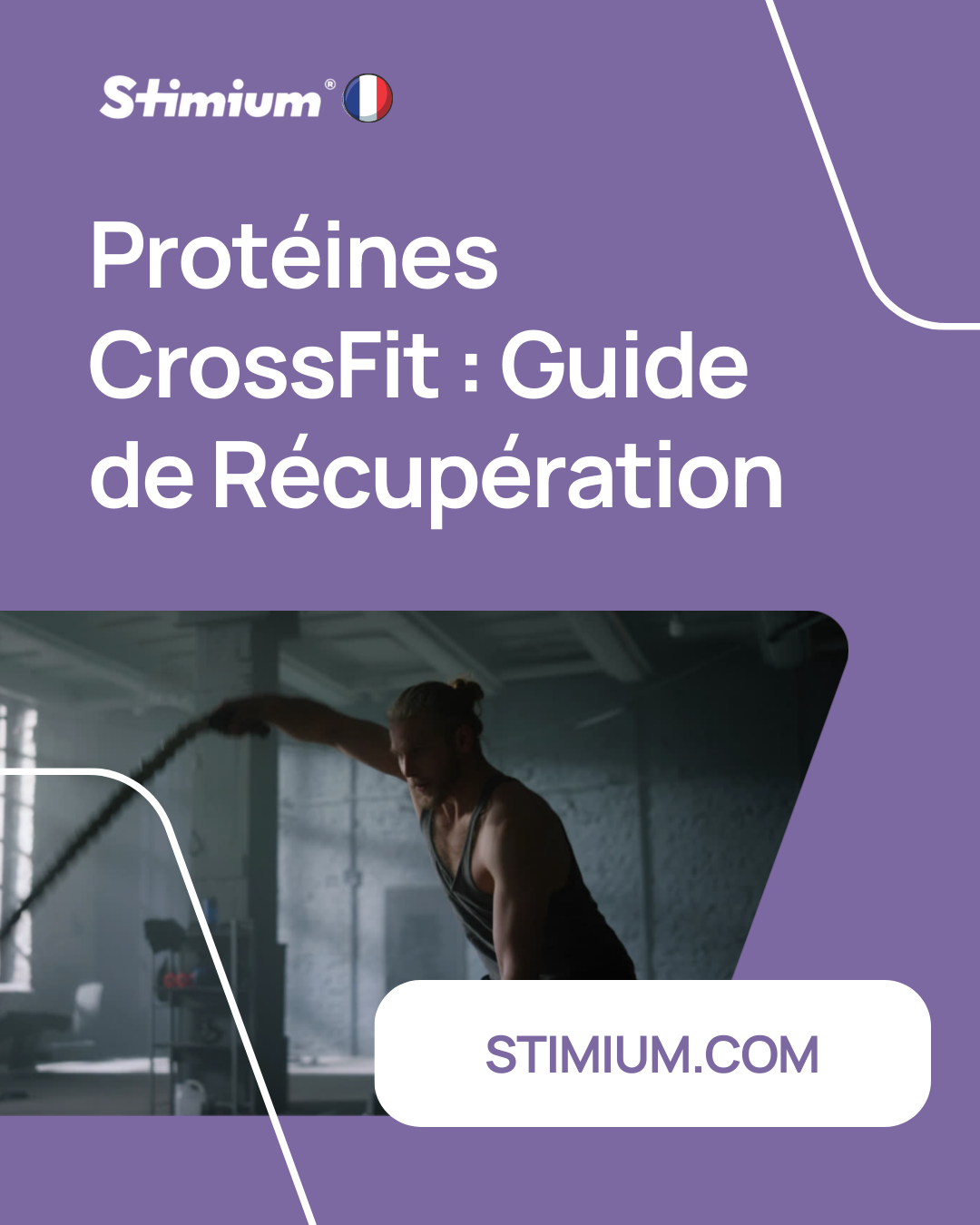Using Compression Therapy to Speed Up Muscle Recovery
The Foundations of Pressotherapy
Pressotherapy is a non-invasive therapeutic method that uses accessories with air chambers. It stimulates lymphatic and venous circulation. It has been used to treat edema, lymphedema and venous ulcers. Today, it also helps with muscle recovery and well-being.
What is pressotherapy?
Pressotherapy uses pressotherapy devices to apply controlled pressure to the body. The machines are often worn on the legs, arms, or torso. They help remove water from the body and combat the feeling of heaviness in the legs.
Origins and Evolution
Dr. Emil Vodder created pressotherapy in France in the 1930s. It has become popular as a modern physiotherapy technique. Pressotherapy devices have evolved with technology, providing more effective treatments.
Modern pressotherapy devices
Modern pressotherapy devices use advanced pneumatic compression technologies. They provide targeted and therapeutic massage. They can be found in physiotherapy centers and clinics, or purchased for home use.
The Benefits of Pressotherapy on Sports Recovery
Pressotherapy is very beneficial for athletes. It helps to recover faster after exercise. By applying pressure to the body, it improves venous flow.
Improved Blood Circulation
A pressotherapy session lasts from 20 to 30 minutes. It accelerates blood circulation. This helps to eliminate waste and toxins quickly.
Elimination of Muscle Toxins
Pressotherapy removes lactic acid and toxins. This helps athletes recover faster. They can train more often and are less likely to get injured.
Reduction of Fatigue and Muscle Pain
Pressotherapy increases venous and lymphatic flow. This reduces fatigue and the feeling of heavy legs. It also reduces muscle pain and prepares the body for a new effort.
Integrating Pressotherapy into the Routine of Athletes
To fully benefit from pressotherapy, a well-thought-out sports routine integration is crucial. It is necessary to determine the frequency of regular sessions to get the most out of it. It is also important to see how this method can be adjusted to other recovery methods.
Session Planning
Planning pressotherapy sessions is essential. Athletes should adjust the frequency according to their needs, considering their training and goals. This helps to better repair muscle tissue, reducing fatigue and injuries. Proper recovery also improves performance, promoting muscle growth and resilience.
Compatibility with other Technique
The synergy of recovery techniques is key to achieving better results. Pressotherapy, together with stretching, massages or electrostimulation, forms a perfect set for athletes. These methods improve flexibility, reduce stiffness and prepare for future performances.
By combining pressotherapy with massage guns or electrical stimulation, rapid muscle relaxation is achieved. This also reduces muscle pain.
In conclusion, a well-structured sports routine and regular pressotherapy sessions, combined with other synergistic recovery techniques, are key to optimizing athletes' performance. This holistic approach ensures effective recovery and improves physical abilities.
Comparison between Pressotherapy and Cryotherapy
Pressotherapy and cryotherapy are two methods to help athletes recover. They have different approaches but together they offer great benefits for recovery and performance.
Fundamental Differences
The difference between pressotherapy and cryotherapy lies in their method and application. Pressotherapy uses compressed air to improve circulation and eliminate toxins. Cryotherapy uses cold to combat inflammation and pain.
Benefits of Synergy
The combination of pressotherapy and cryotherapy offers many benefits. It allows you to target different aspects of sports recovery. Cryotherapy works quickly against inflammation and pain, while pressotherapy improves circulation and eliminates waste.
By using these two techniques together, patients recover faster and improve their athletic performance. They consume less painkillers and have better joint mobility.
Recent studies highlight the benefits of cryotherapy, such as cold water immersion and whole-body cryotherapy, showing positive effects on inflammation and recovery, although performance results vary.
The Physiological Effect of Compression on the Body
Compression is very useful for muscle recovery. It offers two major benefits: it stimulates venous return and reduces inflammation. These benefits are important for athletes and for those who want to recover faster after exercise.
Stimulation of Venous Return
Wearing compression garments improves venous return. This helps blood flow and removes metabolic waste quickly. The pressure on the veins helps blood flow back to the heart, reducing leg fatigue.
Studies show that pressure should be applied gradually. This is most effective from the distal to the proximal part of the limb.
Reduction of Inflammation
Compression also reduces inflammation. This reduces muscle and joint pain after exercise. By limiting inflammation, compression helps reduce swelling and pain.
These effects have been proven by studies, such as those from the Wexner Medical Center at Ohio State University, which show that compression improves performance, especially in strength exercises.
In conclusion, compression has a double positive effect: it improves venous return and reduces inflammation. These benefits are appreciated by athletes and active people. They help to recover faster and improve physical performance.
The Use of Pressotherapy in Post-Injury Recovery
Pressotherapy is a key tool for recovery after an injury. It helps to accelerate healing and reduce edema. Health professionals are using it more and more for its many benefits.
Acceleration of Healing
Pressotherapy improves tissue oxygenation, which accelerates healing. It stimulates blood circulation, promoting rapid regeneration of damaged cells. A 2022 study showed its effectiveness against muscle pain and reducing lactate levels.
It helps to recover faster after an injury.
Reduction of Edema and Swelling
Pressotherapy also helps reduce edema. It applies controlled pressure to the limbs, improving lymphatic drainage.
It relieves pain, improves mobility and well-being.
In summary, the use of pressotherapy in post-injury care is very beneficial. It accelerates healing and reduces edema. Physiotherapists and other professionals consider it an excellent complement to traditional treatments.
Conclusion
Pressotherapy is an asset for muscle recovery and improving sports performance. It uses modern technologies and quality products such as those from Stimium. This improves blood circulation, eliminates toxins and reduces muscle pain.
Studies show that compression garments improve athletes' performance. They help save energy, increase endurance and recover faster after exercise. Meta-analysis confirms improved performance with less fatigue and less edema.
Pressotherapy is now available at home, making it easier to adopt. Athletes can thus manage their recovery more easily. The benefits are visible even 24 hours after training, helping marathon runners and rugby players improve their performance.
Integrating pressotherapy into recovery strategies is a major breakthrough. It transforms muscle recovery and boosts performance. We recommend these innovative techniques to maximize results and ensure optimal recovery.
FAQ
What is pressotherapy?
Pressotherapy uses machines to improve blood and lymph circulation. It applies pressure to the body. This helps eliminate toxins and improves venous flow.
What are the origins and evolution of pressotherapy?
She started with traditional massage methods. Today, she uses modern devices. These devices offer personalized treatments thanks to pneumatic systems.
What are the modern pressotherapy devices used today?
Modern devices include compression boots and sleeves. They allow you to control the intensity and duration of the sessions.
How does pressotherapy improve blood circulation?
It applies regular pressure to the limbs. This stimulates venous return and improves circulation. This allows for better oxygenation and eliminates waste more quickly.
How does pressotherapy help eliminate muscle toxins?
It helps eliminate muscle toxins such as lactic acid. By promoting lymphatic drainage, it accelerates the elimination of metabolic waste.
How does pressotherapy reduce fatigue and muscle pain?
It reduces fatigue and pain by increasing blood flow. This reduces the accumulation of toxins. This contributes to faster recovery and reduces the feeling of heavy legs.
How to effectively plan pressotherapy sessions?
It is necessary to determine the appropriate frequency and duration. Integrating pressotherapy with other recovery methods can optimize your sports performance.
What recovery techniques are compatible with pressotherapy?
Pressotherapy can be combined with stretching, massages and cryotherapy. These techniques improve flexibility, reduce muscle tension and promote better performance.
What are the benefits of home pressotherapy?
It offers greater autonomy and accessibility. Portable devices allow you to control the frequency of sessions. They are easy to integrate into the daily routine.
What are the benefits of our Stimium products for sports recovery?
Our Stimium products, such as the Stimium Stick Gel Mc3, provide support for sports recovery. They improve muscle regeneration, reduce post-exercise pain and contribute to better performance.
What are the fundamental differences between pressotherapy and cryotherapy?
Pressotherapy uses pressure to improve circulation. Cryotherapy uses cold to reduce inflammation and pain. Their synergy provides a complete and more effective recovery.
What are the benefits of the synergy between pressotherapy and cryotherapy?
The combination maximizes the benefits of each technique. The pressure stimulates circulation and the cold reduces inflammation. This leads to optimal recovery.
